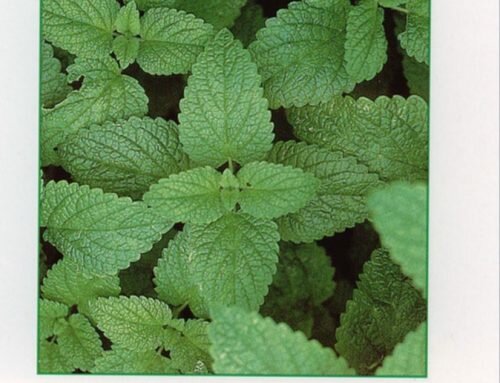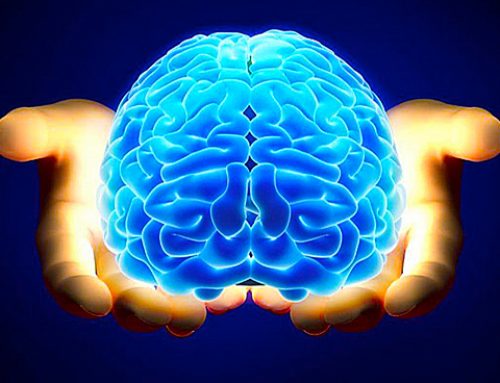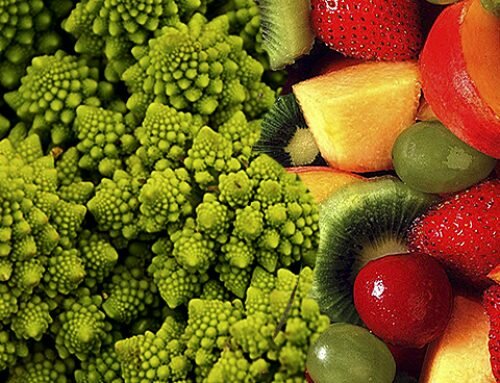Which are our available strategies to combat pathological aging processes and disease?
We can resume them as follows:
– alimentation
– physical activity
– chronic inflammation therapy
– detoxification (heavy metal drainage, AGEs, free radicals, pollution)
– supplementation (mineral salts, vitamins, trace elements and amino acids)
Alimentation
Alimentation is one of the most important natural stressors. In fact we all know that also food can influence the catabolism/anabolism rhythm, that is the stress/recovery rhythm.
Nowadays there are some foods that stimulate the stress catabolic reaction and some others that stimulate the recovery reaction.
Therefore, we can easily understand why it is important to balance food so as to support this rhythm instead of contrasting it.
For instance, if at dinner we eat carbohydrates, nerves, saturated fats, etc., we are contrasting the rhythm, and if we do it every day for more than one month, our organism establishes a chronic reaction to this stressor increasing the stress phase and decreasing the recovery one.
Food influences our health also through the load of acidity produced in our kidneys (PRAL).
Several studies proved that when one food has a positive PRAL it means that it produces acids in the kidneys, therefore in the organism, thus contributing to the tissue acidification.
The tissues’ PH is generally basic and an excessive amount of acid catabolites (from foods with positive PRAL, from AGEs, ALEs and oxidized molecules) further activates the catabolic phase to deconstruct bones (osteopenia and osteoporosis) supplying basic substances (highly present in bones) to tissues.
This process further contributes to a lean mass loss, therefore to premature aging and disease.
Furthermore, several studies proved that calorie restriction is interconnected with longevity.
Nowadays we know that also DNA can be influenced by food.
In fact, in order to correctly transmit an information, our genome must have a precise structure.
If it is arranged as a tangle, it cannot transmit the information; to do it, it must be unrolled.
Some of the most important DNA structure regulating factors are the following:
– methylation, that is the addition of methyl groups (CH3) in some points of the genomic chain (DNA hypomethylation stops the gene activity; on the contrary, DNA hypermethylation stimulates its functions)
– histone acetylation, that is the addition on DNA of molecules called acetyls.
Furthermore, a methylation deficit is interconnected to:
– homocysteine increase producing inflammation of the small blood vessels, thus increasing the risk of cardiovascular diseases
– depression and cognitive deficits.
Methylation is influenced by some foods such as meat, fish, peanuts, eggs, green leafy vegetables, grains and pholiphenols present in several fruits.
On the contrary, acetylation is regulated by calorie restriction.
Since 1935, at the Cornell University, MvCay proved that reducing food to mice he obtained an important increase of their longevity.
In this process a fundamental element is the activation of a family of enzymes called sirtuins (SIRT 1 – 7) responsible for the deacetylation (removal of acetyl groups) of parts of genome called “histones”.
Sirtuins are also activated by the resveratrol contained in red wine.
Furthermore, the calorie restriction is associated to mTOR suppression, a membrane protein which has different functions, among which the regulation of the mitochondrial function with free radical reduction and the immune system function.
On the contrary, mTOR is activated by the proinflammatory cytokines, the most important being IL 6. When mTOR is activated, some T lymphocyte subtypes (regulatory) release IL 17, another proinflammatory cytokine responsible for autoimmune diseases.
Physical activity
Several studies proved that the contracted and hypertrophic muscle releases a number of molecules, the so called myokines, with the following activities:
– anti-inflammatory
– anti-adipogenic (combat the formation of fat)
– BDNF stimulation (neurons growth factor)
– neuronal plasticity stimulation (memory improvement).
Also physical activity influences the catabolism/anabolism rythm.
In particular, the anaerobic activity stimulates the catabolic phase while the aerobic one stimulates the anabolic phase.
As an healthy organism keeps so if it is in the catabolic phase during the day and in the anabolic phase during the night, the important thing is to distribute physical activity following this rhythm.
Anaerobic activity in the morning and aerobic activity in the afternoon/evening.
by GIORGIO CRUCITTI






Scrivi un commento